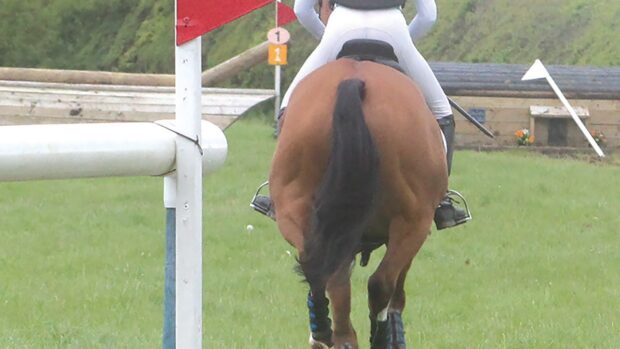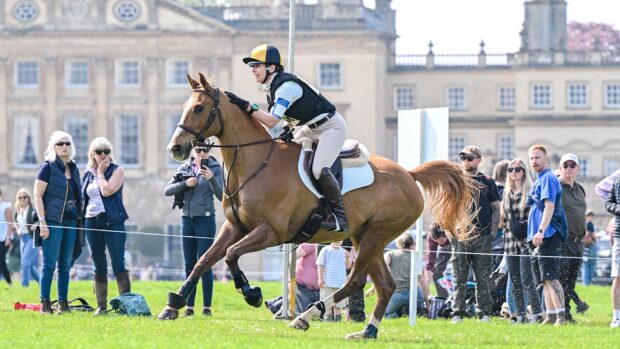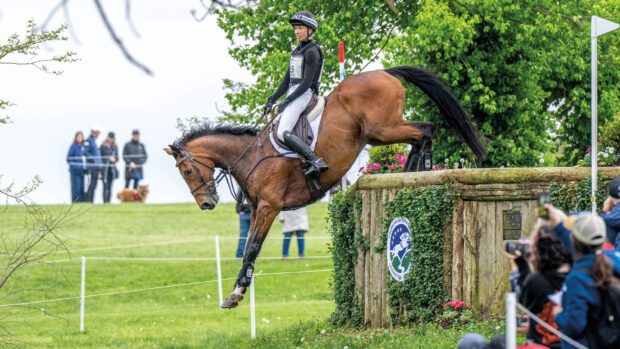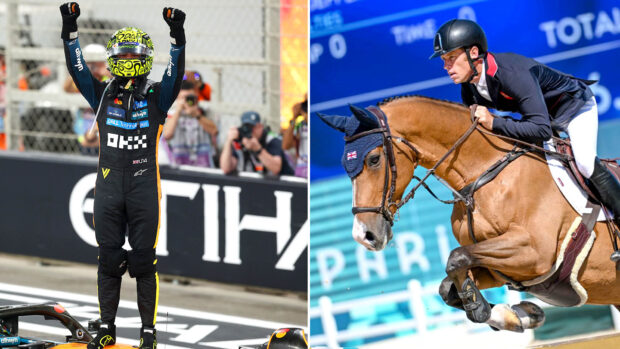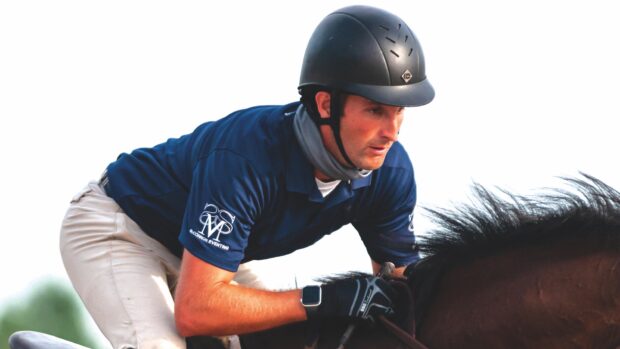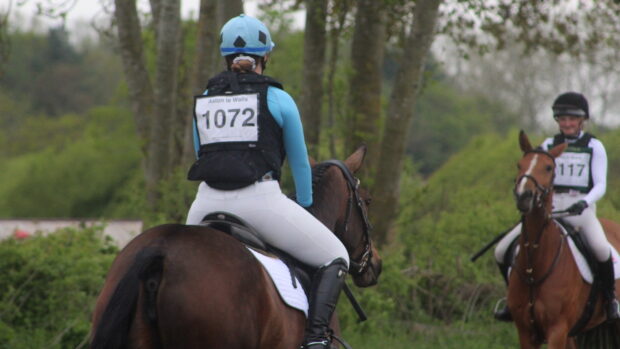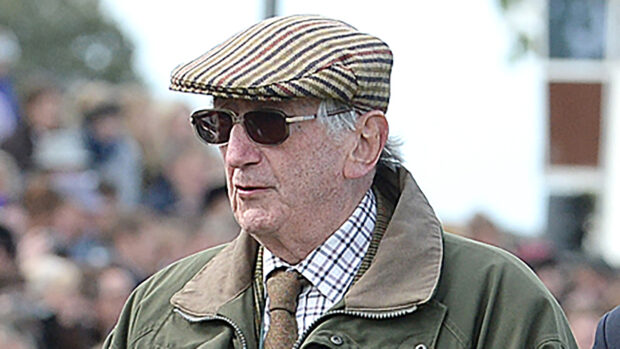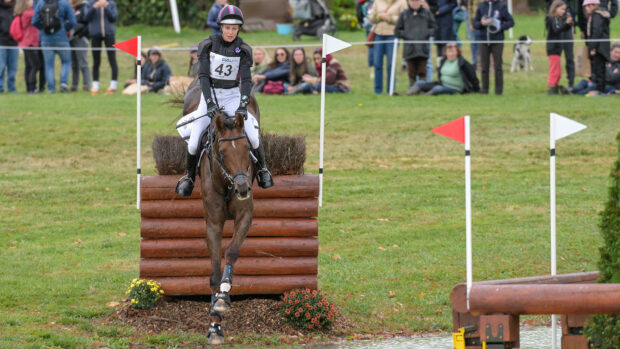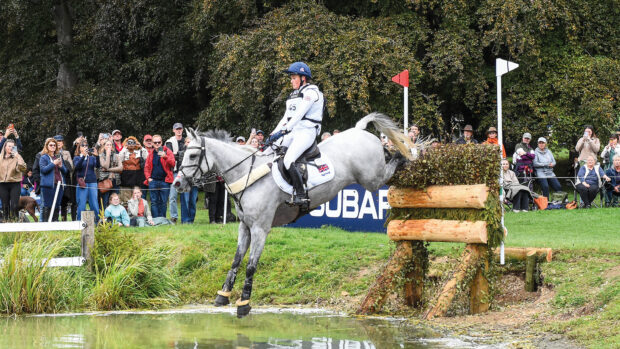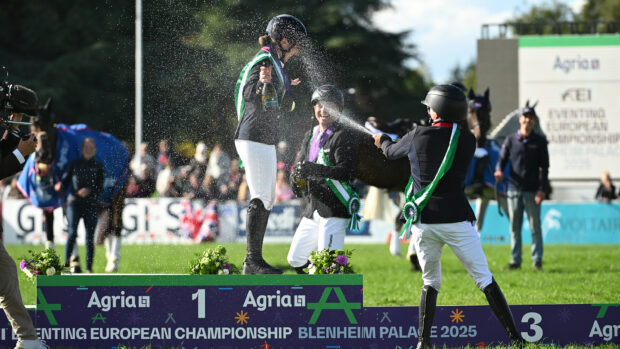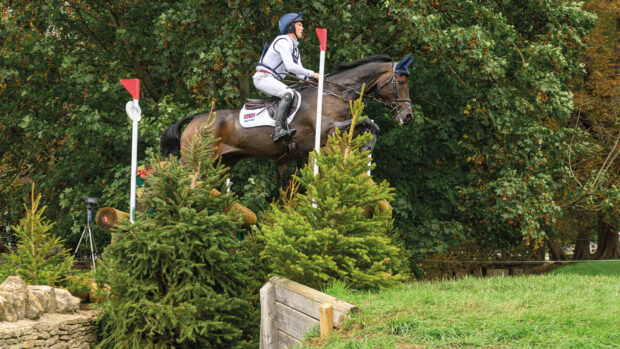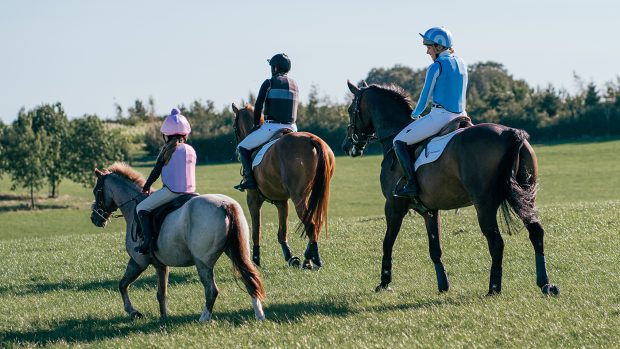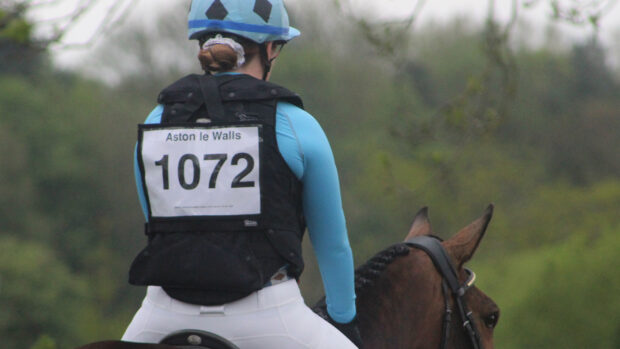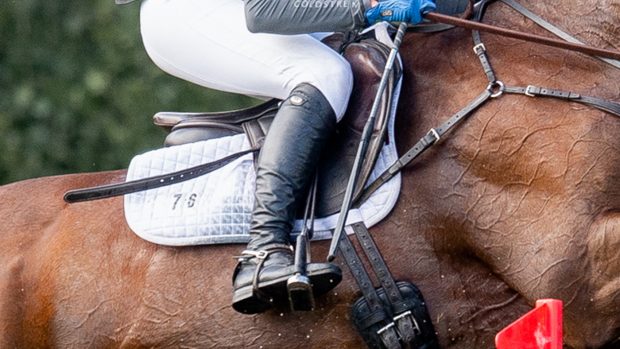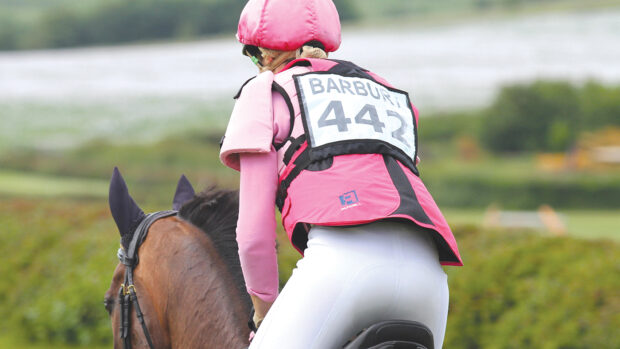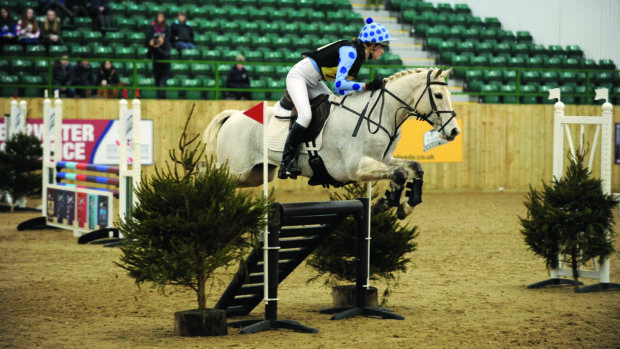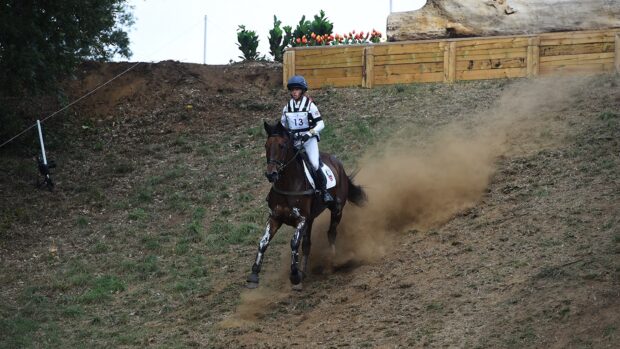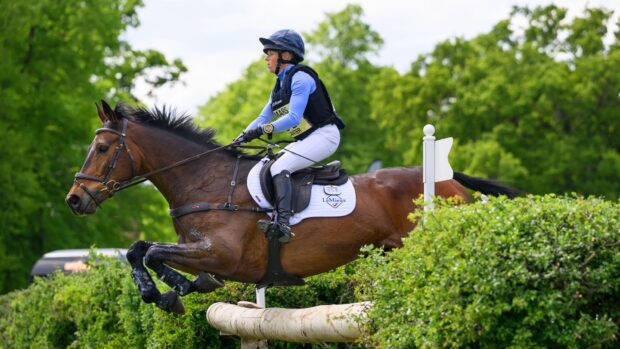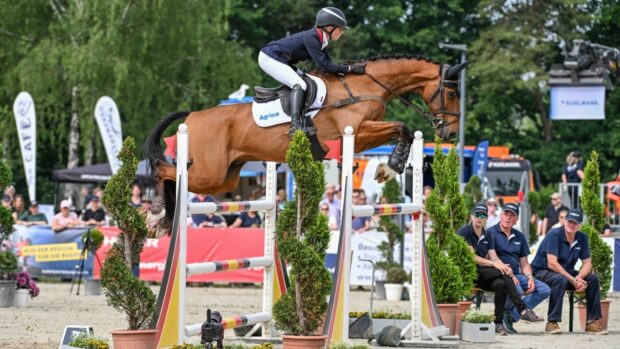Eventing
Eventing top stories
-
 Eventing
Eventing -
 Eventing
EventingNew national championships for young riders unites competition, community and friendship
-
-
 Eventing
EventingYou shall go to Badminton! British Eventing opens up more spots for grassroots championships
-
 Eventing
EventingAdvance tickets for the 2026 Kentucky Three-Day Event are available now
-
 Opinion
Opinion*Opinion*: Why I believe horse sport can learn a thing or two from Formula 1
-
 News
NewsRider guilty of horse abuse shows ‘sincere remorse’ as much evidence against him discredited
-
 Eventing
EventingBritish Eventing launches 2026 calendar ‘built with member input at the heart’
-
 Eventing
Eventing‘He was very good to ride for – he understood horses and sport’: fond farewell to owner of many elite event horses
Eventing opinion from H&H columnists
-

‘Good jumping horses that have been trained correctly’: Kylie Roddy on what you need to be successful at Pau five-star
-

Low entries at Maryland and bumper numbers at Pau – Pippa Roome considers the autumn five-stars
-

Andrew Nicholson says: ‘The right riders got the medals at Blenheim Europeans’
-

Mark Phillips’ would ‘still bet on the Brits for world gold’ despite four rider falls at Blenheim Europeans
Tack and clothing
-

12 body protectors for children that are up to Pony Club and riding school standards
-

10 body protectors that meet the current standards
-
-

Air jackets vs body protectors: what’s the difference, and which should you wear?
-

20 jump saddles you’ll want to ride in
-

Body protectors vs back protectors: what’s the difference – and which one do you need?
-

12 pairs of boots ready to go out on the cross-country course
Training tips
-

How to win at arena eventing – essential advice for training at home and what to do on the day
-

Does cantering or jumping downhill fill you with dread? Improve your cross-country riding skills with tips from an Olympian
-
-

Stronger, safer, smarter: Olympians share their secrets on how to improve your cross-country riding position – including exercises on and off the horse
-

No more poles down! Training exercises and tips to sharpen your horse’s reflexes and ace those important showjumping clear rounds
All about eventing
Eventing is a three-phase equestrian sport in which a horse and rider combination compete in dressage, showjumping and cross-country. The same combination have to compete in all three phases – a rider can’t substitute a different horse for any part of the competition. The sport is designed to be a test of all-round horsemanship of the rider and the adaptability and training of the horse across the different sports. Scores are given as penalties and the horse and rider with the lowest penalties after all three phases of an event are the winners. Events, also known as horse trials, are typically referred to as one-day or three-day events, despite the fact a competition can actually be held over one, two, three or four days. Eventing in Britain is overseen by the sport’s governing body British Eventing with competition starting over jumps of 80cm in height, called BE80(T) and increases in height up to advanced level over showjumps with a maximum height of 1.25m and cross-country fences set at 1.20m. There are also international eventing competitions run under FEI rules from one- to five-star level.

